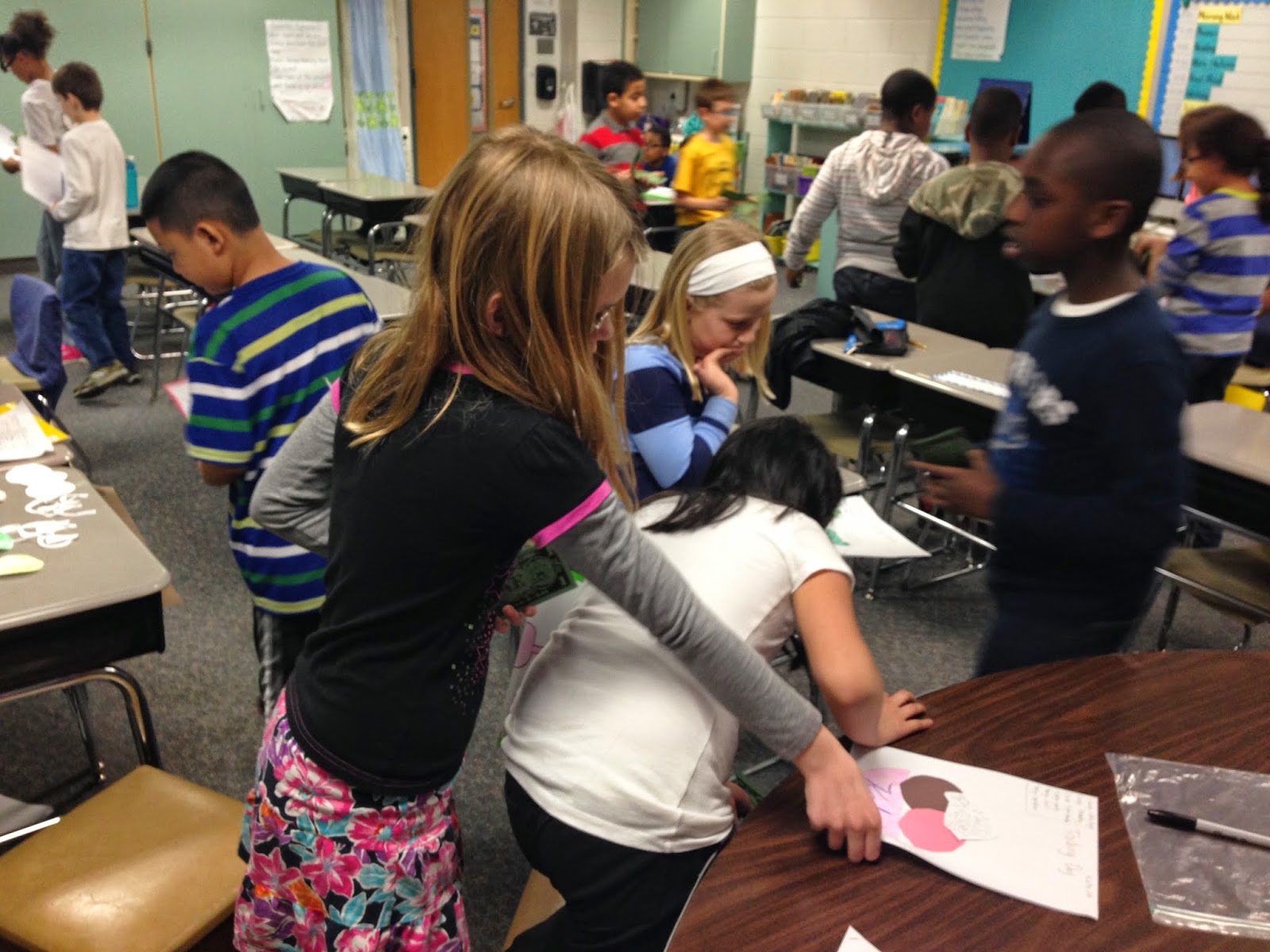Deal or no deal? How does money make trading easier? Why was money invented? How do people and companies decide if a trade is fair?
These were all questions the students asked as they worked in our economics unit. The unit began with a review of some key vocabulary: producers, consumers, goods, services, human resources, capital resources, natural resources, productive resources, and opportunity cost.
The following two weeks explored how supply and demand affect price and how people can trade for the goods and services they want or need. We "traded around the world" and found that some of our peers are very good business people! These games also taught the meaning of scarcity! The students quickly learned that if they didn't have something worth trading, there was a high probability that the good they wanted would be gone!
We also discovered that specialization and assembly lines made the production of goods much more efficient! Play dough hamburgers have never been so informative!
Our summative project was to open an Ice Cream Shop. Based on the favorite ice cream flavors and toppings of the class, each small business was assigned a specific number of ice cream scoops and toppings.
The Goal: Make your favorite ice cream sundae--at least 2 scoops of ice cream and at least 2 toppings
Day 1--trading day
Day 2--money day (where the shops tried to make the most money)
Prices varied based on the shops' ideas of supply and demand. Who would have thought that $6 scoops of triple chocolate ice cream would sell!
In the end, the students decided that it was much easier to get their perfect sundae using money. They didn't have to make sure they had what someone else wanted, and they had a much better chance to move quickly through the shops. Even still, many of the kids didn't get to create their perfect sundae.
And we decided we needed some real ice cream!




































